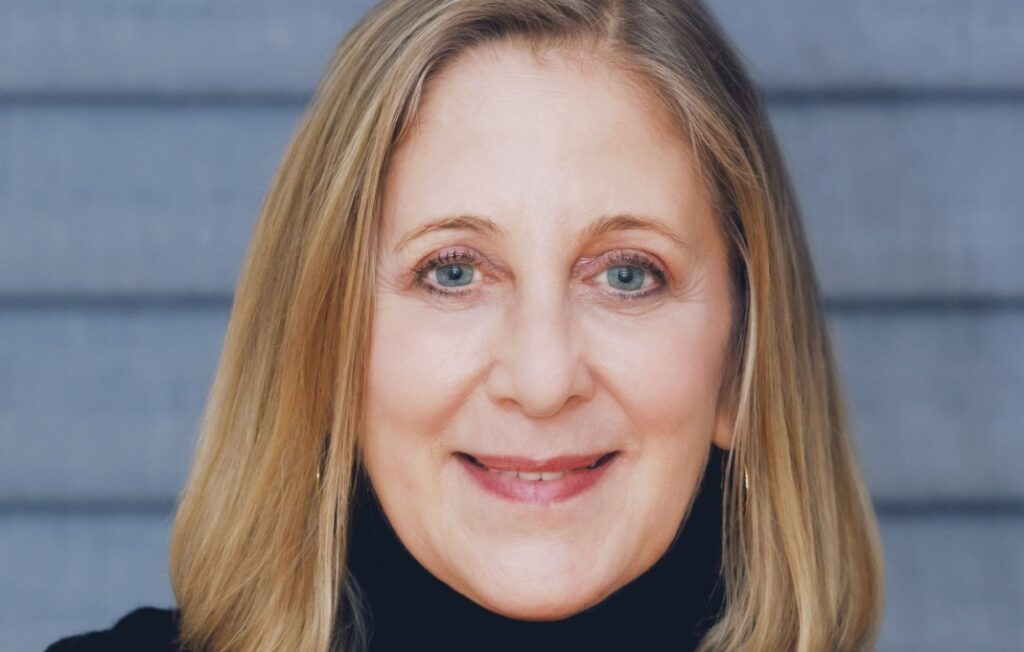Talking about employees’ “whole selves” may be a bit of buzz phrase, but Jason Lioy, chief people officer at Dawn Foods, a global bakery manufacturer and ingredients distributor based in Jackson, Michigan, argues the idea is critical to building a productive and happy workplace.
“The past few years have shown just how important it is to focus on people, especially when it comes to their physical and mental well-being,” says Lioy. “This way of approaching human resources and a culture of inclusivity is an important shift for organizations that did not have this as a focus before.”
Lioy spoke with StrategicCHRO360 about focusing on your people and how to build a culture of authenticity—whether onsite or online.
How can organizations create an authentic workplace, where employees feel comfortable bringing their whole selves to work?
Whether your organization has 50 or 500 people, it is crucial that all employees feel engaged, supported and welcome to contribute their ideas and grow their careers. This starts with a commitment—from the top down—to put people at the center of your leadership strategy.
For executives, it begins with recognizing that people are your organization’s greatest asset. People are what sets you apart from competitors. Keeping people at the top means building, maintaining and expanding a culture that empowers employees to be their best in their roles, while also addressing their needs in and out of the workplace—such as childcare, mental health resources and equity.
The past few years have shown just how important it is to focus on people, especially when it comes to their physical and mental well-being. This way of approaching human resources and a culture of inclusivity is an important shift for organizations that did not have this as a focus before. And it is one that HR professionals and organizations must embrace to create a truly authentic working culture.
How can organizations empower women in the workplace, beyond just hiring and promoting into leadership roles?
It’s not about just hiring and promoting women into leadership roles—it’s about intentionally focusing on opportunities for women and empowering them and supporting them throughout their career.
Providing formal and informal outlets for networking, community and sponsorship from other leaders are just a few ways organizations can create programs for women that are sustainable and repeatable.
At Dawn Foods, we introduced our women’s leadership development program in 2021 that provides women throughout our organization with tangible resources and peer-to-peer support to accelerate their development and career growth. Through this program, participants’ issues, concerns, triumphs and more have been brought to the forefront of our organization. Early program feedback has shown these women feel their voices are being heard and that Dawn is taking necessary action to further develop and evolve women in their roles and grow their careers.
We have a strong female CEO at Dawn who is also a sponsor in the program and active with all sponsors and participants. It’s not just a program for program’s sake—it’s a true commitment from the organization to invest in women, promote women and provide opportunities for women.
What steps can organizations take to make the work experience more about the human experience?
Employees are the lifeblood of every organization. If we have learned anything during the pandemic, it’s the incredible impact organizations can have on their teams’ lives when they focus on the holistic, human experience of their teams.
Mounting stress and pressures outside of work can quickly spill over into people’s work roles. It’s not about the person when they are at work—it’s their whole self. With this perspective, organizations can offer benefits and resources that support team members having greater happiness in the workplace, increased productivity, greater retention and more.
To make the work experience more about the human experience, people need to feel that their ideas matter, that they are heard and that the company cares about them. Organizations must provide managers and executives with the support, insights and tools to help create this type of environment with their teams. By leaders actively making themselves accessible to their workforce, approaching employee questions and concerns with vulnerability—and modeling the behavior they want to see throughout the company, more focus is drawn on seeing employees as humans first and foremost.
How can organizations keep employees engaged amid the hybrid work model of today?
The hybrid work model can be challenging for organizations to navigate. As each employee differs in their preferred style of work, organizations must adapt to how it connects with employees—whether in person or virtually.
If your workforce is physically onsite, a simple example of active accessibility from leaders can bolster engagement and can make the most of time spent in person. Leaders can regularly walk around and check in with team members on both a personal and professional level. Whether connecting for a quick chat, grabbing coffee or sitting together one-on-one, these actions create a direct line of communication for employees to leadership and vice versa.
If your workforce is hybrid or remote, leadership can proactively check in on teams through one-on-one video discussions, town hall meetings, virtual social gatherings and project follow-up meetings to show commitment and engagement. Remote working conditions may require leaders to be overly communicative and seek feedback from the team to maintain relationships and trust.
Regardless of a team’s location, making time for opportunities to ask for an employee’s point of view on a current project or business update shows your interest in their ideas, opinions and solutions. The combination of in-person and virtual practices can help make the organization feel smaller, build leadership relatability among team members, and increase worker comfortability by asking for guidance on a project and sharing new ideas.








